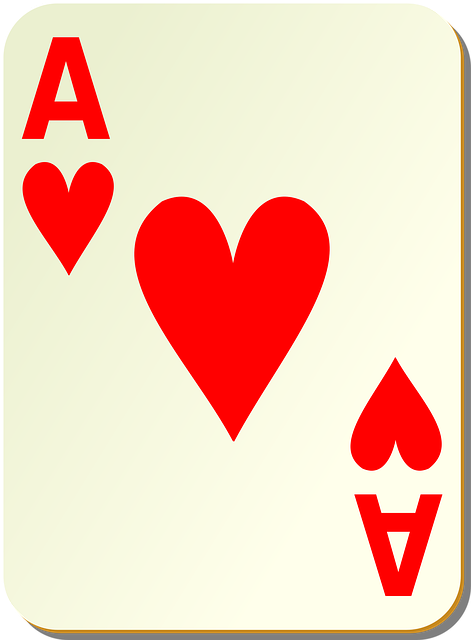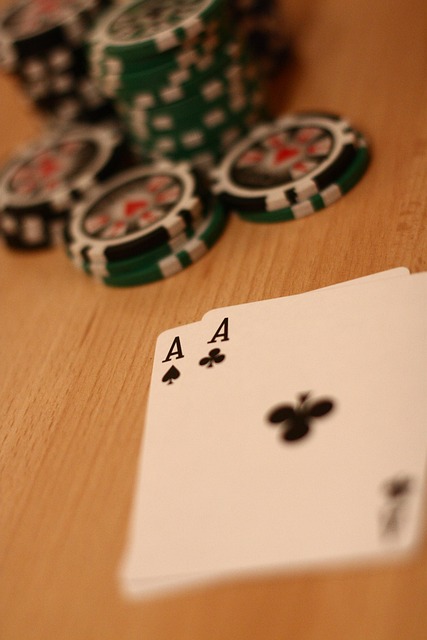Mastering poker hand rankings is crucial for success in How to Play Poker. Understanding betting options (check, bet, fold) and game structures (Texas Hold'em, Omaha, Seven-Card Stud) enhances strategic gameplay. Blinds and betting rounds introduce early strategy, with players considering hand strength and pot size in each round.
Poker is a captivating game that combines skill, strategy, and a touch of luck. To master the art of poker betting, understanding its intricate rules is paramount. This comprehensive guide will walk you through the essentials, from deciphering hand rankings to navigating betting rounds. We’ll explore different bet types, the role of blinds, and crucial dynamics that make poker both thrilling and complex. By the end, you’ll have a solid foundation in How to Play Poker, empowering your next game session.
- Understanding Poker Hand Rankings
- Placing Bets: Types and Structure
- Game Dynamics: Blinds and Betting Rounds
Understanding Poker Hand Rankings

Understanding Poker Hand Rankings is a fundamental aspect of how to play poker effectively. In the game, players aim to form the highest-ranked hand according to the standard poker hand rankings. Familiarizing yourself with these rankings is crucial for making informed betting decisions and outsmarting opponents.
The hierarchy begins with High Card, followed by Pairs, Three of a Kind, Straight, Flush, Full House, Four of a Kind, Straight Flush, and finally, the highly coveted Royal Flush. Each hand ranking has specific criteria that determine its strength, allowing players to strategize their bets accordingly. By understanding these rankings, poker enthusiasts can enhance their overall playing experience and increase their chances of winning in any game.
Placing Bets: Types and Structure

Placing Bets: Types and Structure is a crucial aspect of learning how to play poker. In poker, players can bet in one of three ways: Check, Bet, or Fold. A check means you pass on making a bet for this round, allowing you to stay in the game without committing funds at that moment. Betting involves placing chips into the pot as a wager, either equal to or more than the previous bettor’s amount. Folding is when a player discards their hand and exits the round, forfeiting any chance to win that particular hand but not necessarily the entire game.
The structure of bets varies across poker games, with different variations like Texas Hold’em, Omaha, and Seven-Card Stud each having unique betting rounds. In most games, players bet after checking or receiving cards in initial deals. The number of betting rounds can range from one to several, depending on the game rules. Understanding these betting types and structures is essential for strategic playing and navigating different stages of poker games.
Game Dynamics: Blinds and Betting Rounds

In poker, understanding the game dynamics, particularly the concept of blinds and betting rounds, is essential for anyone looking to master how to play poker. Blinds are mandatory bets placed by players before each hand begins, adding an element of strategy from the very start. The small blind and big blind change positions with each new hand, encouraging active participation from all players.
Betting rounds follow a set pattern: starting with the player to the left of the dealer, each player has the option to check (pass), bet, raise, or fold. This dynamic creates a series of opportunities for strategic moves, including bluffing, value betting, and adjusting one’s strategy based on the actions of other players. Each round increases the pot size, intensifying the competition and making it crucial to consider your hand strength and the potential outcomes of each decision.
Learning the ins and outs of poker betting rules is key to mastering the game. By understanding hand rankings, bet types, betting rounds, and blind dynamics, you’re well on your way to becoming a proficient poker player. Remember, whether you’re playing Texas Hold’em or any other variant, knowing when to bluff, fold, or raise can turn the tide of the game. Now that you’ve explored these fundamental aspects, it’s time to take your skills to the table and start playing like a pro using the strategies you’ve learned in this guide on how to play poker.






